1963 Aston Martin DB4
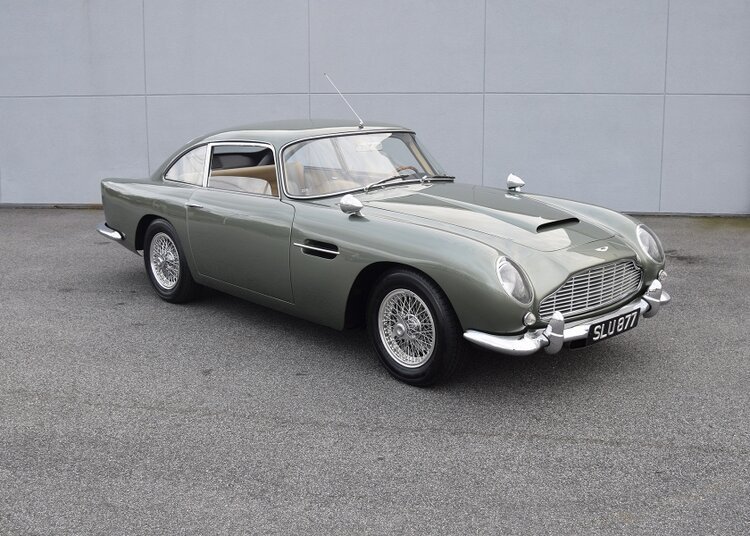
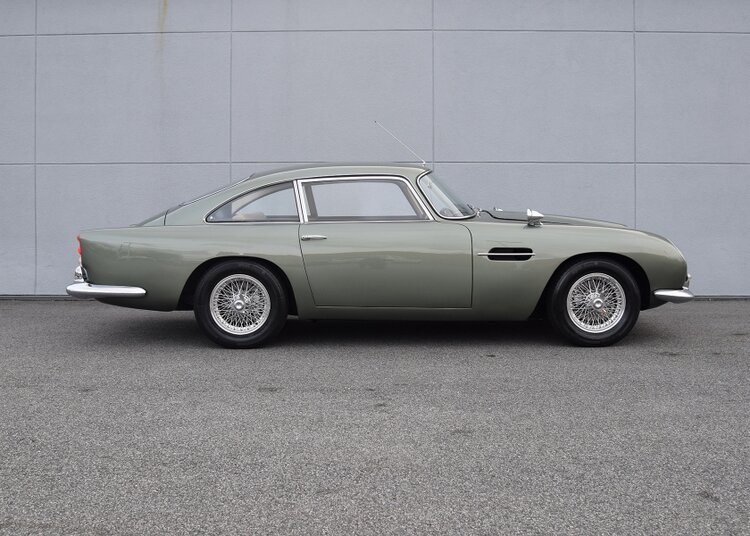
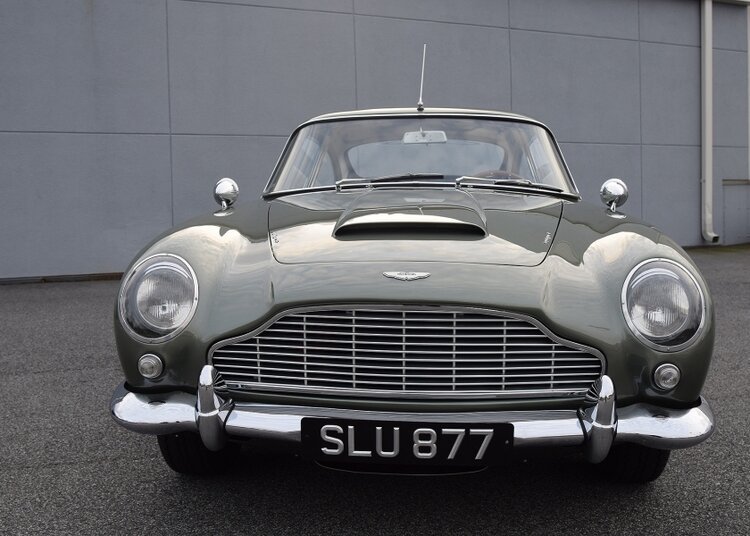
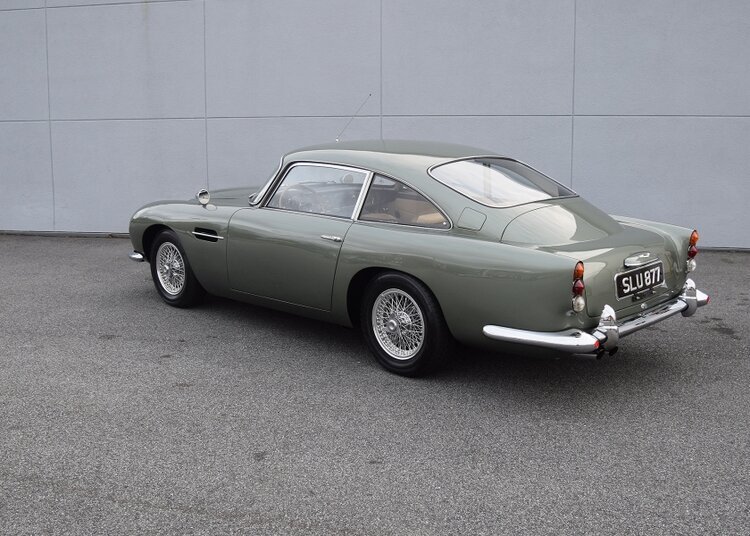
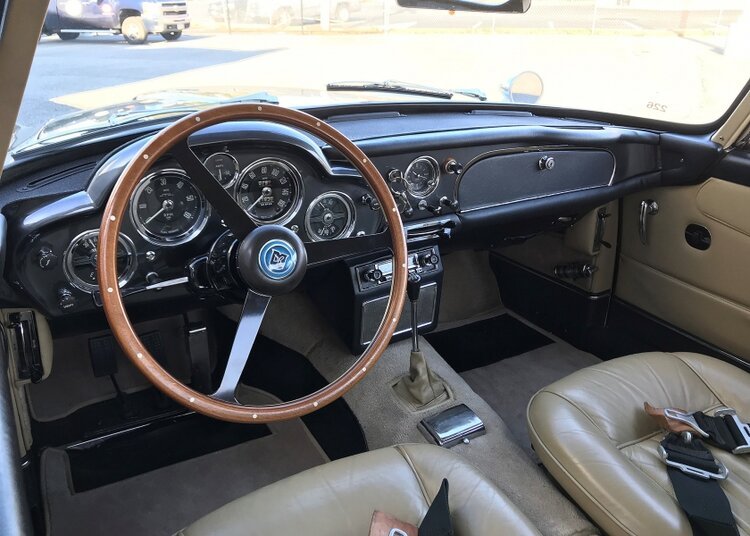
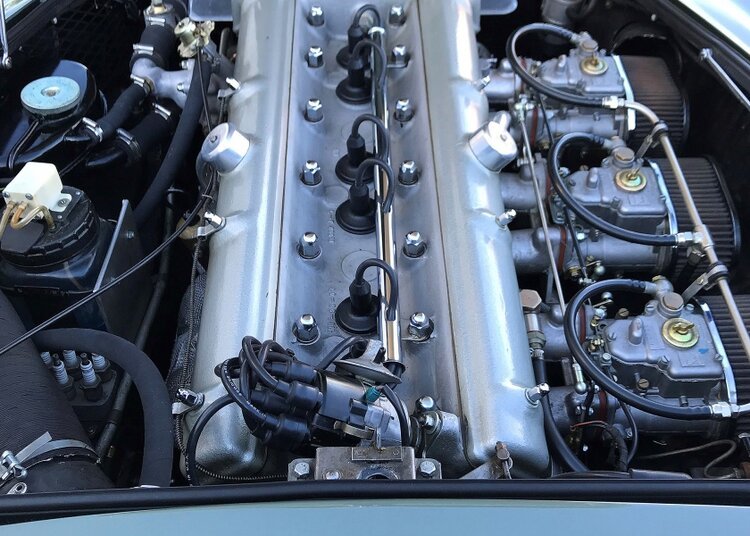
Iconic Superleggera Body Style forever associated with Bond Movies.
Advanced engineering produced alongside Aston Martin racing engineers.
Most models had 240 hp, while this one has 350 hp.
The Aston Martin DB4 on display was first shown in the museum gallery paired with a modern 2015 Aston Martin Vantage roadster in The Past to the Present, Power, and Speed with Style exhibition, one of Audrain’s favorite displays back in 2019. Styling cues from the early 60s in the DB4 carry over to the current models of Aston Martin, and examples such as this final Series 5 issue of the DB4 remain very desirable to collectors and drivers alike. The “DB” designation on post-war Aston Martins is a nod to the man responsible for Aston’s resurgence in the 1950s, David Brown, who was to guide the marque through numerous financial hills and valleys during his stewardship of the brand.
In a masterstroke of marketing, the automobile most associated with Ian Flemming’s James Bond character in popular movies beginning with “Goldfinger” released in 1964, is the Aston Martin DB5. However, the cars used in filming were actually prototypes created from DB4s and carried over many of the same styles and features of the DB4. In fact, the DB4 and early DB5 models were built concurrently at Aston Martin’s Newport Pagnell factory in England.
Much of the success of the DB4 could be attributed to the beautifully crafted Superleggera or “Super Light” body construction designed by Carrozzeria Touring of Milan Italy. Not only was the styling visually appealing, it was also extremely light, utilizing a unique tubular body frame bonded to the thin sheet metal skin of the body, thus creating the rigid structure of the car that sat on a platform rather than a tubular chassis.
Combined with a high output dual overhead cam 6-cylinder aluminum alloy engine with twin SU carburetors offering a standard output of 240 horsepower, the car achieved a top speed of over 150mph, making it one of the fastest cars of its time. For more performance, the original engine in this car was bored oversized and stroked beyond the original 3.7-litre displacement to achieve an astounding 350 horsepower.
Other notable features include independent front suspension with coil springs, a fully synchronized 4-speed manual gearbox, and rack and pinion precision steering. In keeping with the intended use of the DB4 as a grand touring car rather than a true sports/racer, the interior is outfitted with comfortable leather-covered seating and includes a rear seating area for passengers or additional luggage storage. The result was an astoundingly versatile automobile, with style, performance, and exclusivity that retains a special place in automobile history.
This car was converted from right- to left-hand drive, in recent years, but we have all the original parts to easily convert back to its original right-hand drive, if ever wanted.
Specifications:
Engine: 3670cc inline 6-cylinder
Horsepower: 350 @ 6000 rpm, with modified carburation and cam.
Torque: 270 lb-ft @ 5000 rpm
Transmission: 4-speed manual
Top speed: 152 mph

